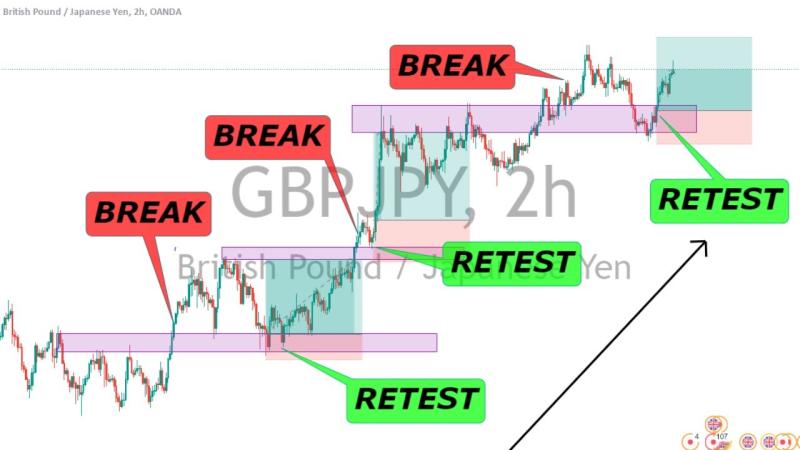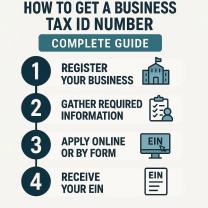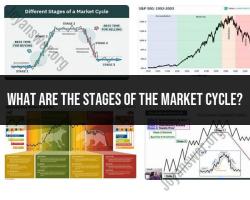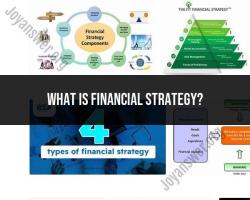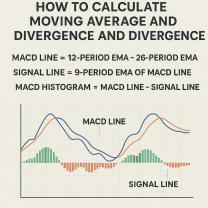What is the Best Forex strategy?
There isn't a one-size-fits-all "best" Forex strategy because successful trading in the foreign exchange (Forex) market involves a combination of factors, including market conditions, risk tolerance, trading style, and personal preferences. Traders use various strategies to make informed decisions on buying or selling currency pairs. Here are some popular Forex trading strategies:
1. Day Trading:
- Objective: Capitalize on short-term price movements within a single trading day.
- Key Characteristics: Requires close monitoring of charts and quick decision-making. Typically involves multiple trades in a day.
2. Swing Trading:
- Objective: Capture price "swings" within a trend.
- Key Characteristics: Trades are held for several days to weeks. Traders aim to enter at the beginning of a trend and exit before it reverses.
3. Trend Following:
- Objective: Identify and follow the prevailing market trend.
- Key Characteristics: Traders enter positions in the direction of the established trend, aiming to ride the trend until signs of reversal.
4. Range Trading:
- Objective: Profit from price oscillations within a defined range.
- Key Characteristics: Identify support and resistance levels and trade within these boundaries. Suitable for markets with no clear trend.
5. Scalping:
- Objective: Make small profits from very short-term price movements.
- Key Characteristics: Involves a large number of trades, each with a small profit margin. Requires quick execution and tight spreads.
6. Breakout Trading:
- Objective: Enter trades when the price breaks out of a well-defined range.
- Key Characteristics: Traders aim to capitalize on strong price movements following a breakout from a consolidation phase.
7. Carry Trading:
- Objective: Profit from the interest rate differential between two currencies.
- Key Characteristics: Traders borrow in a low-interest-rate currency and invest in a higher-interest-rate currency, making a profit from the interest rate spread.
8. Counter-Trend Trading:
- Objective: Identify potential reversals in the prevailing trend.
- Key Characteristics: Contrarian approach, with traders seeking to profit from trend reversals. Riskier, as it goes against the prevailing market direction.
9. Algorithmic Trading:
- Objective: Use automated trading algorithms to execute trades based on pre-defined criteria.
- Key Characteristics: Involves programming specific rules for trade execution. Requires a good understanding of programming and market dynamics.
10. News Trading:
- Objective: Capitalize on market volatility following major economic or geopolitical news releases.
- Key Characteristics: Traders monitor economic calendars and news feeds to identify opportunities based on the market's reaction to news events.
Tips for Successful Forex Trading:
Risk Management:
- Set realistic risk-reward ratios.
- Use stop-loss orders to limit potential losses.
Technical and Fundamental Analysis:
- Combine technical and fundamental analysis for a comprehensive view.
- Use technical indicators and chart patterns to make informed decisions.
Continuous Learning:
- Stay updated on market news and economic events.
- Continuously learn about new strategies and market conditions.
Discipline and Patience:
- Stick to your trading plan.
- Avoid impulsive decisions and emotional trading.
Adaptability:
- Be adaptable to changing market conditions.
- Adjust your strategy based on evolving trends.
Backtesting:
- Test your strategy on historical data before using it in live markets.
- Evaluate its performance and make necessary adjustments.
Remember that no strategy guarantees success, and trading always involves risk. It's essential to thoroughly understand your chosen strategy, practice it in a risk-controlled environment, and continuously evaluate and adapt to market conditions. Additionally, seeking advice from experienced traders or financial professionals can be valuable as you develop and refine your Forex trading strategy.
Crafting a trading approach: What is the best Forex strategy?
There is no one-size-fits-all answer to the question of the best Forex strategy. The best strategy for you will depend on your individual trading style, risk tolerance, and goals. However, there are some general principles that can help you develop a successful Forex strategy:
- Choose a strategy that is appropriate for your time frame. Some Forex strategies are designed for day trading, while others are designed for longer-term trading.
- Understand the risks involved in Forex trading. Forex trading is a leveraged product, which means that you can lose more money than you invest.
- Use stop-loss orders to limit your losses. A stop-loss order is an instruction to your broker to sell a currency pair at a specific price, in order to limit your losses.
- Take profits regularly. Don't wait too long to take profits, or you may end up giving back some of your gains.
Overview of effective strategies and approaches for successful forex trading
Here are some effective strategies and approaches for successful Forex trading:
- Price action trading: Price action trading is a technical analysis technique that involves trading based on the price charts of currency pairs. Price action traders look for patterns in the charts to identify potential trading opportunities.
- Trend trading: Trend trading is a strategy that involves trading in the direction of the current trend. Trend traders use technical analysis to identify trends and to identify potential entry and exit points.
- Range trading: Range trading is a strategy that involves trading within a defined price range. Range traders use technical analysis to identify support and resistance levels.
- Day trading: Day trading is a strategy that involves opening and closing positions on the same day. Day traders use technical analysis to identify short-term trading opportunities.
- Swing trading: Swing trading is a strategy that involves holding positions for a few days to a few weeks. Swing traders use technical analysis to identify medium-term trading opportunities.
- Position trading: Position trading is a strategy that involves holding positions for several weeks or months. Position traders use technical analysis to identify long-term trading opportunities.
Tips for traders in developing and implementing a personalized and successful forex strategy
Here are some tips for traders in developing and implementing a personalized and successful Forex strategy:
- Develop a trading plan. Your trading plan should outline your trading goals, risk tolerance, and entry and exit criteria.
- Backtest your strategy. Backtesting is the process of testing your trading strategy on historical data. This can help you to identify any potential problems with your strategy before you start trading with real money.
- Start small and scale up gradually. When you are first starting out, it is important to start small and to scale up your trading gradually. This will help you to minimize your losses and to learn from your mistakes.
- Be patient and disciplined. Forex trading is a marathon, not a sprint. It takes time and discipline to become a successful Forex trader.
It is also important to remember that there is no guaranteed way to make money in the Forex market. Even the best Forex traders experience losses from time to time. The important thing is to have a sound trading strategy and to manage your risk carefully.
